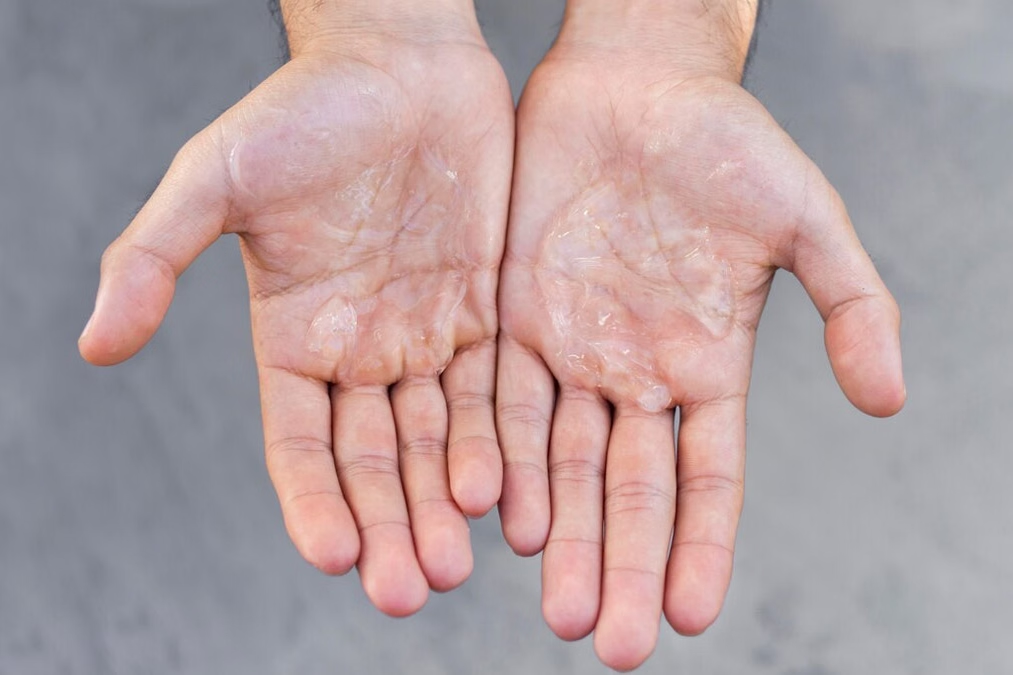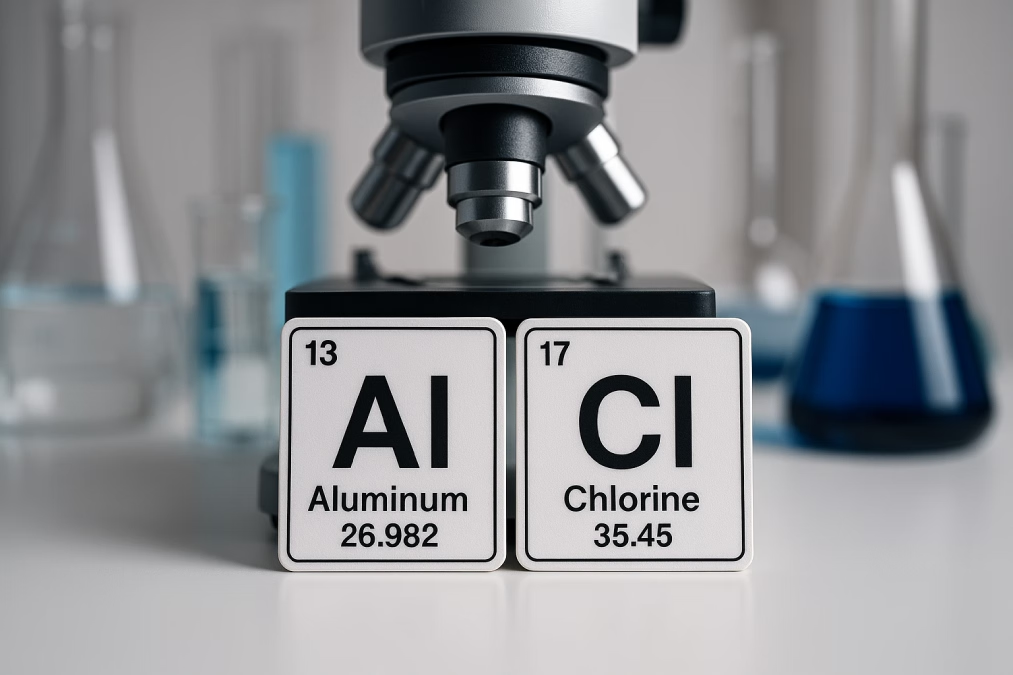Introduction
Most people use the words antiperspirant and deodorant interchangeably, but they’re not the same. If wet patches on shirts bother you, you need sweat control. If you’re dry but notice odor later in the day, you need odor control. Some products combine both.
Here’s how to choose confidently.
Key difference: Antiperspirants reduce sweat by temporarily blocking sweat ducts. Deodorants don’t affect sweat. They reduce or mask odor from skin bacteria.
Sweat vs. Odor: What’s Actually Happening?
Eccrine sweat is mostly water and salt, and largely odorless. Odor appears when skin bacteria metabolize components of sweat, producing volatile compounds. That’s why the same workout can smell different on different people: microbe mix, skin chemistry, and fabric all matter.
So, solutions diverge: reduce moisture (less substrate for bacteria) or reduce bacteria/neutralize their by‑products. Antiperspirants and deodorants address different stages of this chain.
How Each Product Works (At a Glance)
Antiperspirant: Forms Gel Plug
Aluminium salts contact the sweat duct opening
They form gel‑like complexes that create temporary plugs in the upper ducts and signal reduced sweat output.
Result: Less Wetness
With less moisture reaching the surface
Odor often drops indirectly because bacteria have less to metabolize.
Deodorant: Target Bacteria & Odor
Antimicrobials and fragrance act on the surface
Bacterial load and odor molecules are reduced or masked; sweat volume is unchanged.
Duration & Re‑application
Antiperspirant days; deodorant hours
Antiperspirant plugs shed naturally with skin turnover; correct nighttime use improves results.
Antiperspirant vs. Deodorant: Side‑by‑Side
Finding Your Fit
Start with the simplest solution: pick a product based on your main concern (wetness vs odor), then fine‑tune strength and format. For persistent wetness, clinical‑strength antiperspirants have decades of real‑world success when used correctly.
Explore DryoPalm AntiperspirantHow to Use Them for Best Results
Antiperspirant Timing
- •Apply at night when sweat glands are less active
- •Skin must be completely dry; use a cool hairdryer if needed
- •After control, reduce to 2–3×/week maintenance
Deodorant Routine
- •Apply in the morning for freshness
- •Reapply before workouts or evening events as needed
- •Pick a scent/feel you actually enjoy
Sensitive Skin Tips
- •Try buffered or lower‑strength formulas first
- •Avoid applying right after shaving
- •Patch‑test new scents if you’re reactive
Myths & Facts
Final Thoughts
Antiperspirants and deodorants aren’t rivals. They’re tools for different jobs. Many people do best with a combo routine: targeted sweat control for high‑impact times, plus deodorant for everyday freshness.
Choose based on your main goal: less wetness, less odor, or both and apply correctly for reliable results.
Ready to take control?
Try DryoPalmTheropore Medical Research Team
Dermatology & Clinical Research Department
Our medical research team combines dermatological expertise with clinical research to provide clear, evidence-based guidance.
Related Articles
Start Your Journey to Confidence
Join thousands who've taken control of hyperhidrosis with DryoPalm's clinical-strength formula.
Shop DryoPalm20% off for first-time customers

